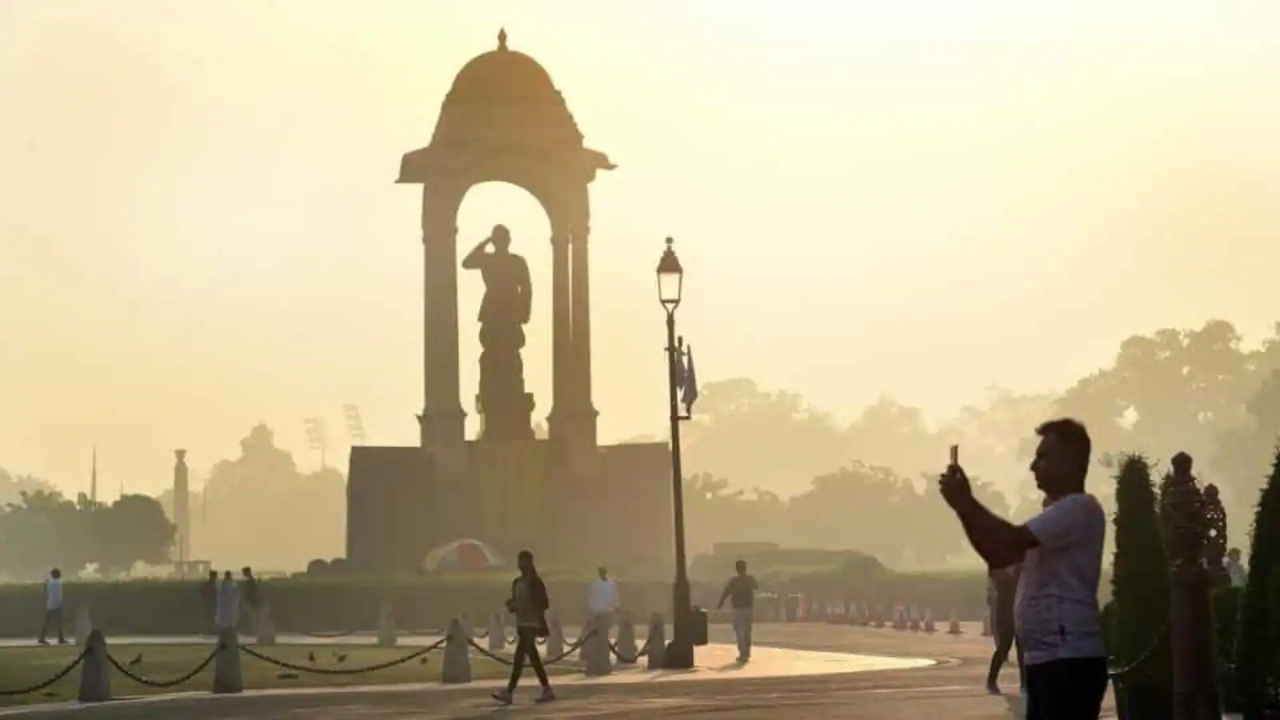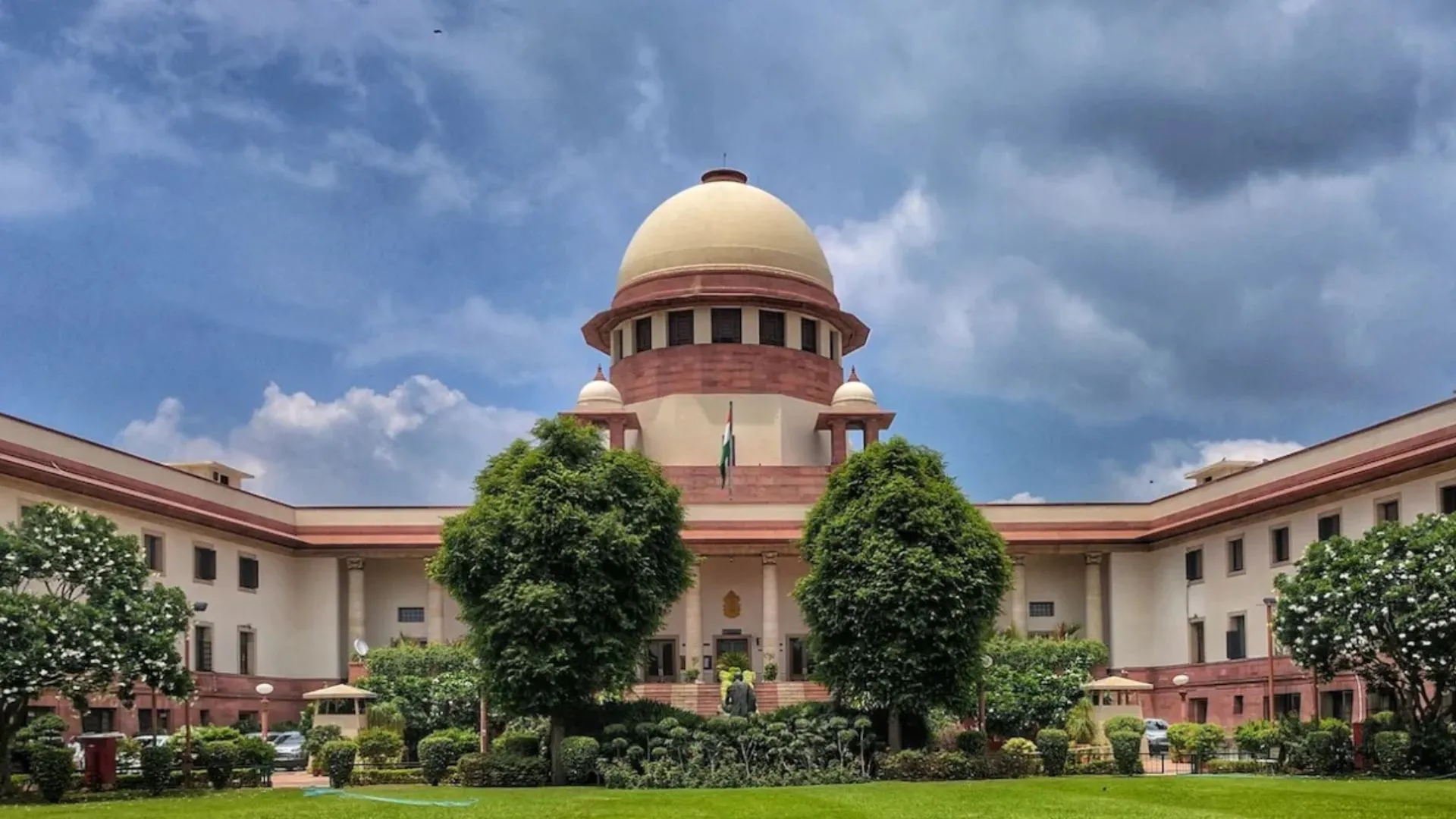Delhi’s overall AQI of 374 indicates that the city’s air quality is still “very poor.”
December 8, New Delhi, India: This Friday, the national capital’s air quality was classified as “very poor.” The Central Pollution Control Board reports that on Friday morning, Anand Vihar, Delhi, had an overall Air Quality Index (AQI) of 374.
Images from Safdarjung Hospital, Kalindi Kunj, Akshardham, and AIIMS showed the city covered in smog at around seven in the morning.
The national capital’s air quality remained in the “poor” category earlier on Thursday. According to SAFAR-India (System of Air Quality and Weather Forecasting and Research), Delhi’s overall Air Quality Index (AQI) was 276 on Thursday morning. There won’t be any rain in the nation’s capital until December 11, according to the India Meteorological Department (IMD). All throughout the city, there will be clear skies and light to moderate fog in the morning. For the past few weeks, Delhi’s air quality has ranged from “severe” to “very poor.” Congressman Jairam Ramesh attacked Union Minister Bhupender Yadav on Thursday, accusing him of responding in a “gol mol” manner to pointed questions about air pollution and public health in Parliament. During Question Hour on ‘air pollution in NCR and the country’ in the Rajya Sabha on the fourth day of the ongoing Winter Session, the Congress MP was referring to the response he got from the Union Minister. Jairam Ramesh enquired as to whether the Pollution Control Act of 1981 and the National Ambient Air Quality Standards were being reviewed by the Center.
In response, Union Environment Minister Bhupender Yadav stated, “The Central government made a provision of Rs 19,711 crore in view of the problem of air pollution in the country.” Additionally, 131 cities across the nation were identified in order to define the standards that were set. The Central government devised plans to identify these cities, and every detail was planned with the harmful air pollutants—PM 2.5 and PM 10 in particular—in mind. Furthermore, I would like to mention that the standards established in these 131 cities. Rather, I would like to inform Jairam Ramesh that positive recognition was also extended to the municipalities in these 131 cities that made significant contributions and did good work. Since everyone’s lives are affected by this issue, he continued, “local municipalities should get involved as much as possible, and those who have done excellent work should receive special compensation.” From 0 to 100, the air quality index is categorized as “good,” from 100 to 200 as “moderate,” from 200 to 300 as “poor,” from 300 to 400 as “very poor,” and from 400 to 500 or higher as “severe.”

















